Hello
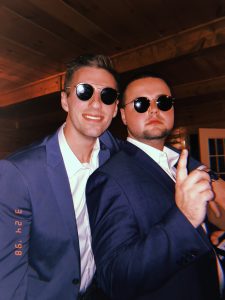
My name is Jonathan Cheslock. I am from Long Island, New York. I am currently a senior Accounting major here at JMU. I am pursuing my MSA Graduate degree this upcoming fall. I enjoy playing basketball with my friends.
My goal for this class is to get a better understanding of how 3-D printing works and to be able to design my own objects using the software provided. I have no prior 3-D printing experience. I like the creative aspect this class has to offer which is seldom experienced in the College of Business. I look forward to creating different print objects.
Here is a link to my Thingiverse account: https://www.thingiverse.com/cheslojw/about
Thingiverse Model
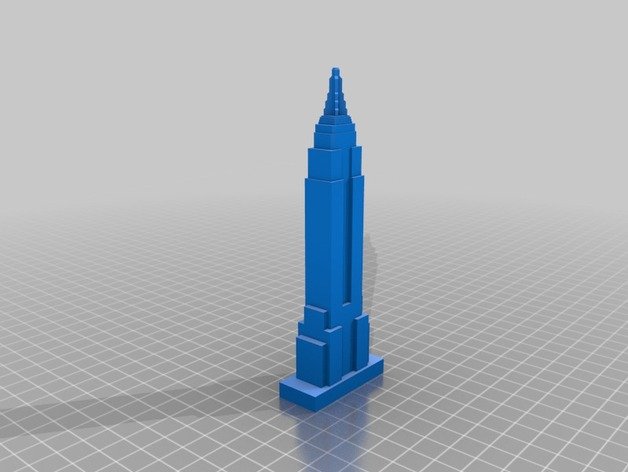
For my model I chose the Empire State Building. I chose this model because I am from New York and I enjoy visiting the city.
Designer: sitts314
Link: https://www.thingiverse.com/thing:151412
Thingiverse Print
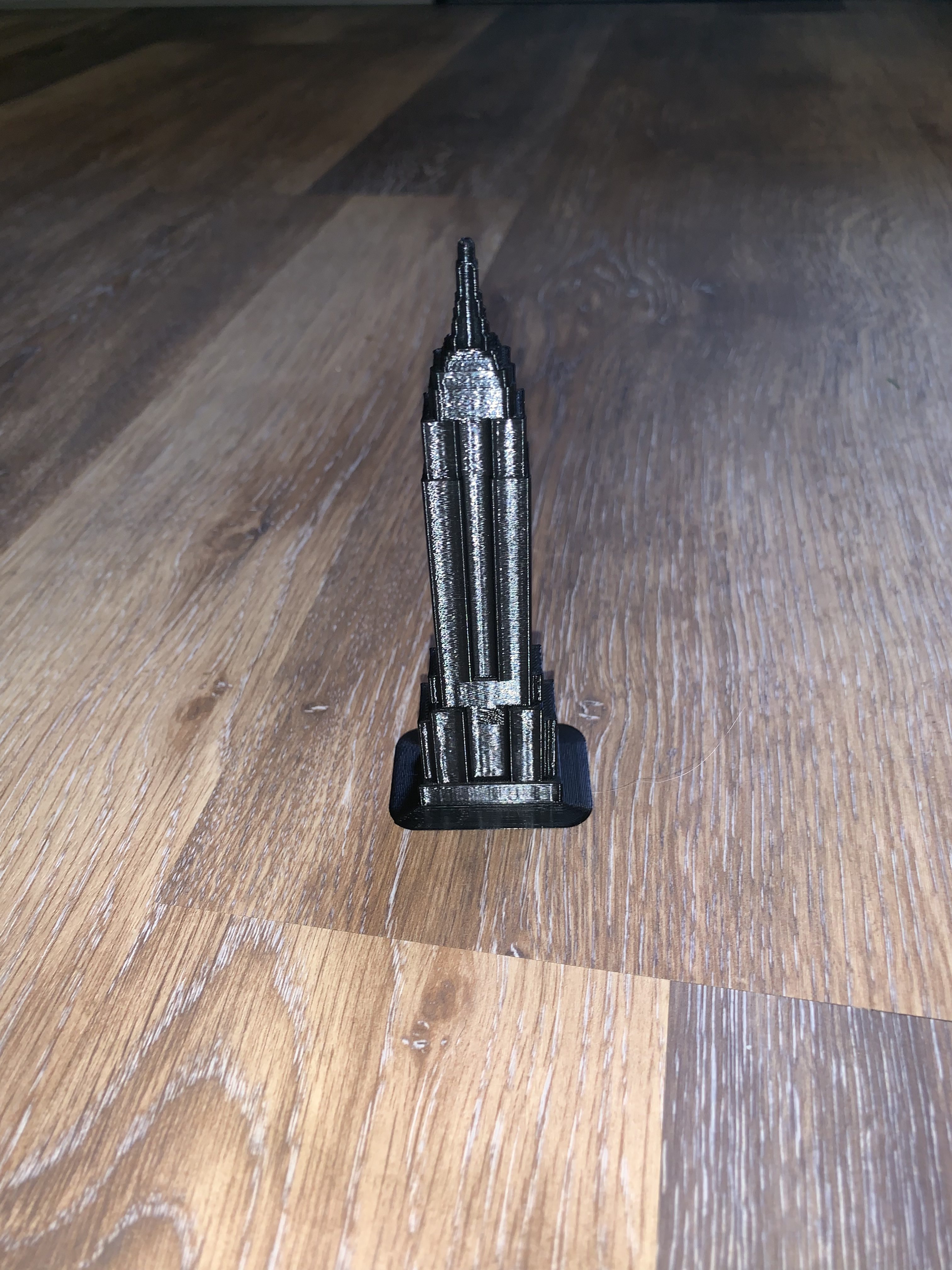
My original print of the Empire State Building was a failure because someone threw it away. I then printed another model which is black Empire State Building and it was a success. It was in full tact when I removed it from the printer and did not lose any support in its walls or point. This was my biggest print thus far and I think it came out very well.
Link: https://www.thingiverse.com/cheslojw/makes
20 Forms in Tinkercad


In my first Tinkercad design “City”, I imported different .stl files and resized them to fit the limited space. I also used the characters they had to offer in order to spell out the title of the design.
In my second design “Zoo”, I tried to make a design that replicates a zoo experience with different animals in an exhibit with a person overlooking the different wildlife. I also used imported .stl files along with charaacters and objects offered on the Tinkercad website.
Tinkercad Print
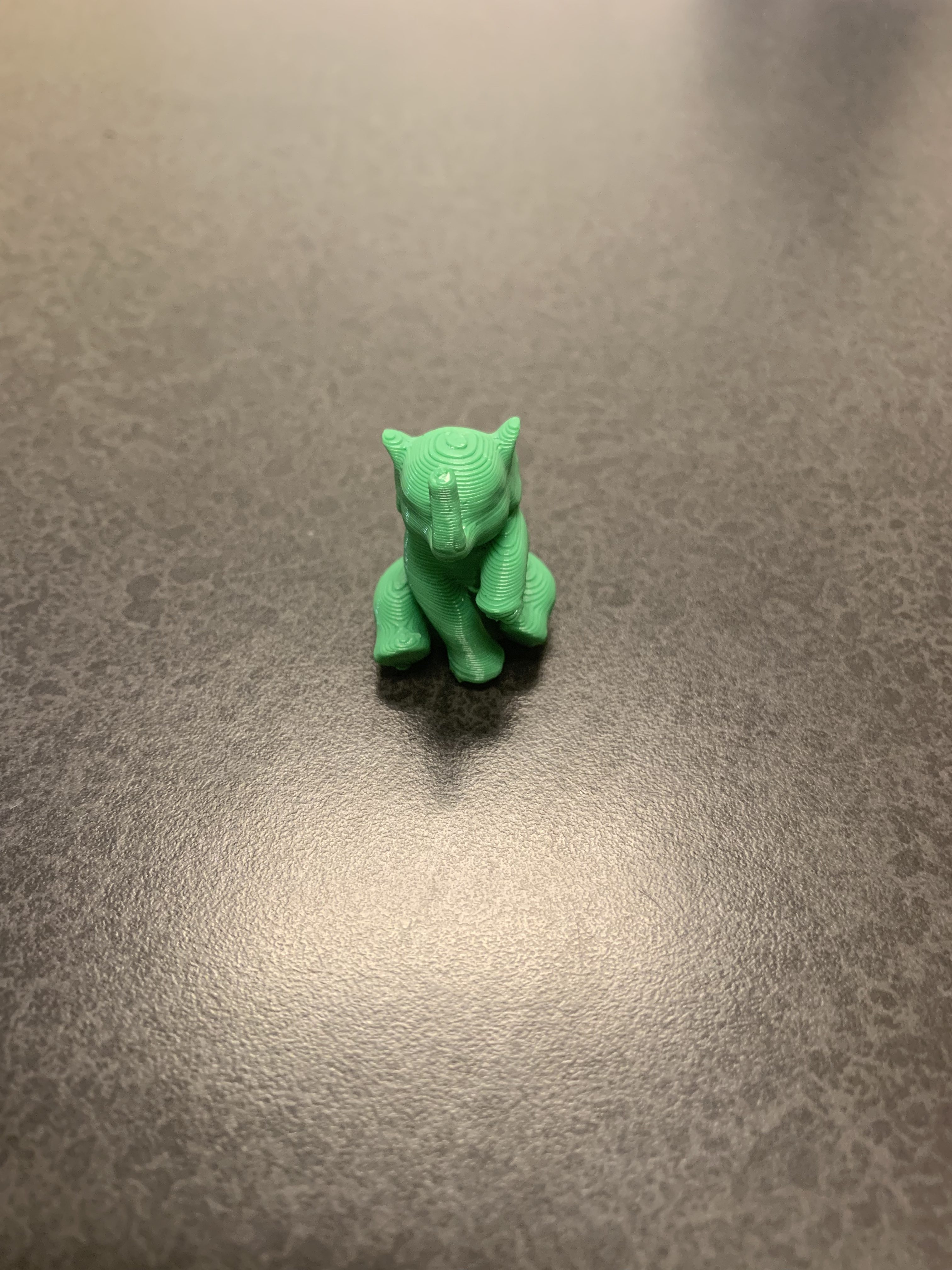
This baby elephant was one of the animals in my Tinkercad project. I think this print was a success because it was in full tact when I removed it from the printer and did not lose any support for its extremities. I used fast print so the plastic got a little frayed around the arm but didn’t affect the structure of the elephant.
Summary of Group Tinkercad Project
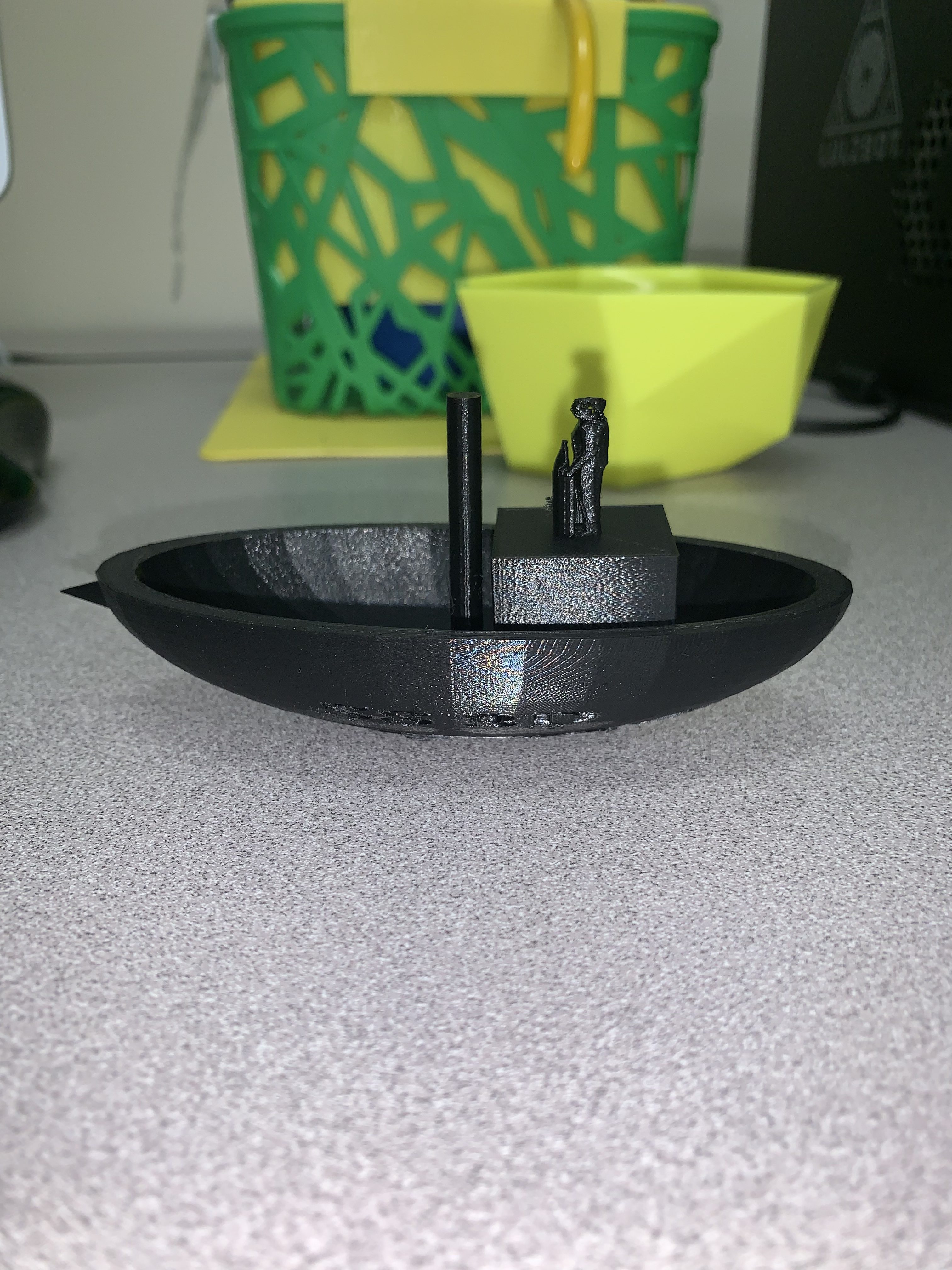

- My project is called the “SS 3D”
- My partner’s name is Jason McAvoy
- This project was pretty difficult because it required the most creativity in designing and assembling the print. Building a buoyant boat from scratch is easier said than done. Our original print idea was a mess because all of the modules were not able to assemble together. My partner and I then decided to consolidate the design by printing it in 2 modules instead of 4. This helped with the assembly and strength of the structure. My favorite part of our project is that it is functional and can actually float instead of just being a desktop aesthetic.
Link for Group Post: https://geekhaus.com/isci104_spring2019/2019/03/21/jonathan-cheslock-jason-mcavoy-portfolio/
Link for Thingiverse: https://www.thingiverse.com/thing:3522555
20 Forms in Fusion 360


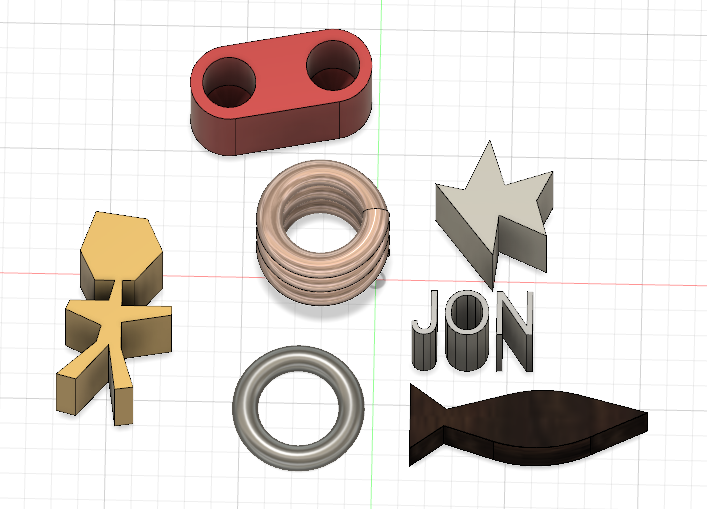
In my first image I was just getting used to Fusion 360 so I was focused on creating shapes and extruding them to make 3 dimensional objects. I drew squares, triangles, and arcs to create the base of the shapes and then extruded them. On my rectangle I curved the edges to create a rounded look on the surface.
In my second image I started to try out new tools such as holes, spheres and fillet. These tools helped me modify basic three dimensional shapes into more functional items like cups and bowls. These weren’t easy to figure out so I am happy with the results.
In my last image I used more complex features such as free draw, text and materials. Although the shapes aren’t much different then the original pictures, I made them more aesthetic by rounding all edges and making the materials different than steel such as wood, copper, platinum and red aluminum. This was nice because it helps different the shapes. I could see myself creating a house with a landscape and use the materials required for room and landscape design.
Fusion 360 Print
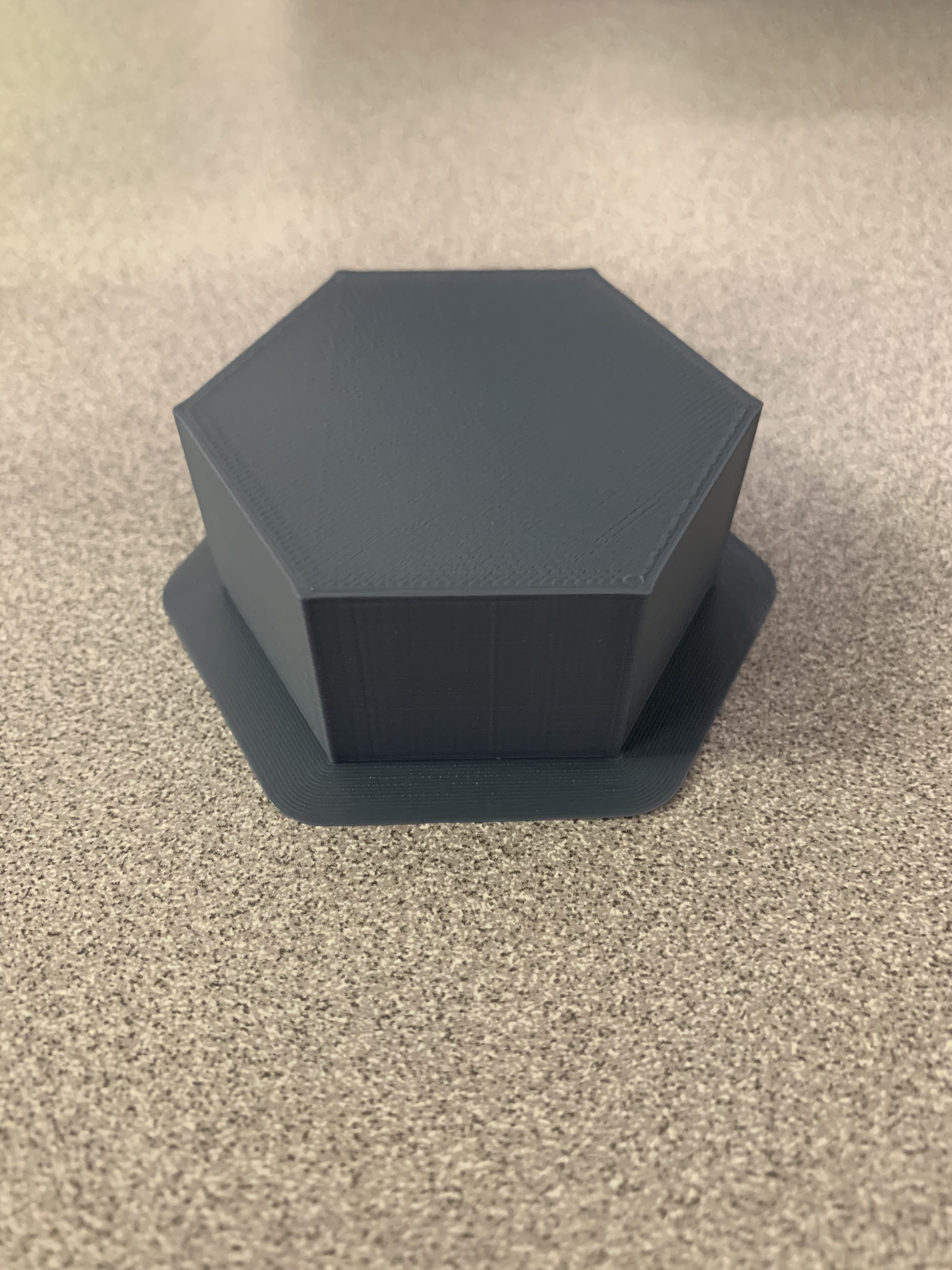
This print was a success because it printed the model with no structural damage. I am satisfied with this project because at first I could not figure out how to use the Fusion 360 software, but as I kept using it i got more adept to the program. I am now much better with creating 3-D shapes on Fusion 360. Also, my print was good because I created symmetry by locking in the dimensions on the software so that each length and side was equal in length.
Fusion 360 Vase Design
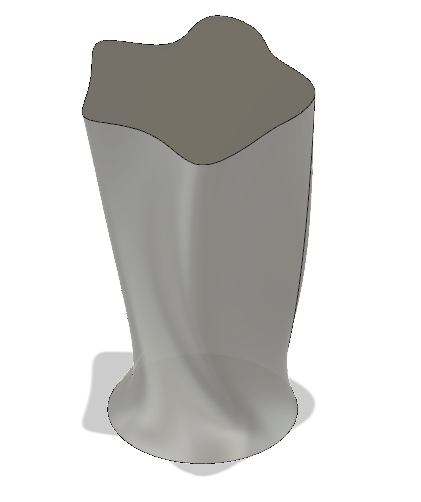
The grey schematic above is the side view of the vase.
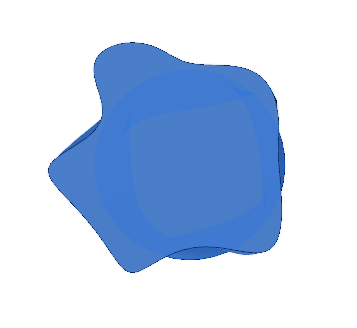
The blue schematic above is the top view of the vase.
My design process for creating this vase design involved creating two offset planes off of the base circle and creating unique arc patterns using the spline feature around the planes to create a circular shape. I did this on the two offset planes and then used the loft feature to attach all three planes.
My design goes beyond the scope of the video because I manipulated the original design by stretching and bending the support rails to create a twist around the vase to give it the unique spiraled shape in the final design pattern.
Fusion 360 Vase Prints
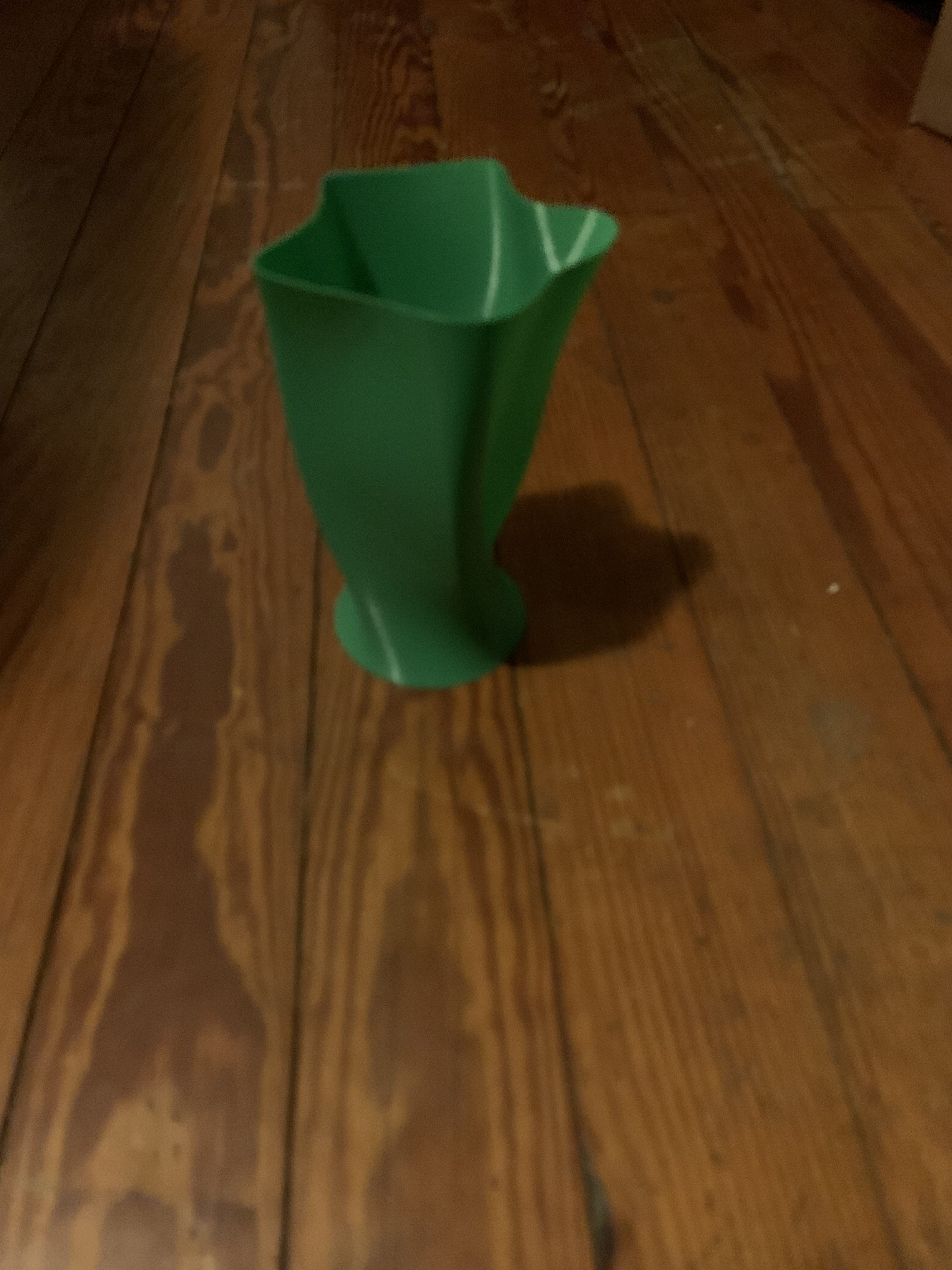
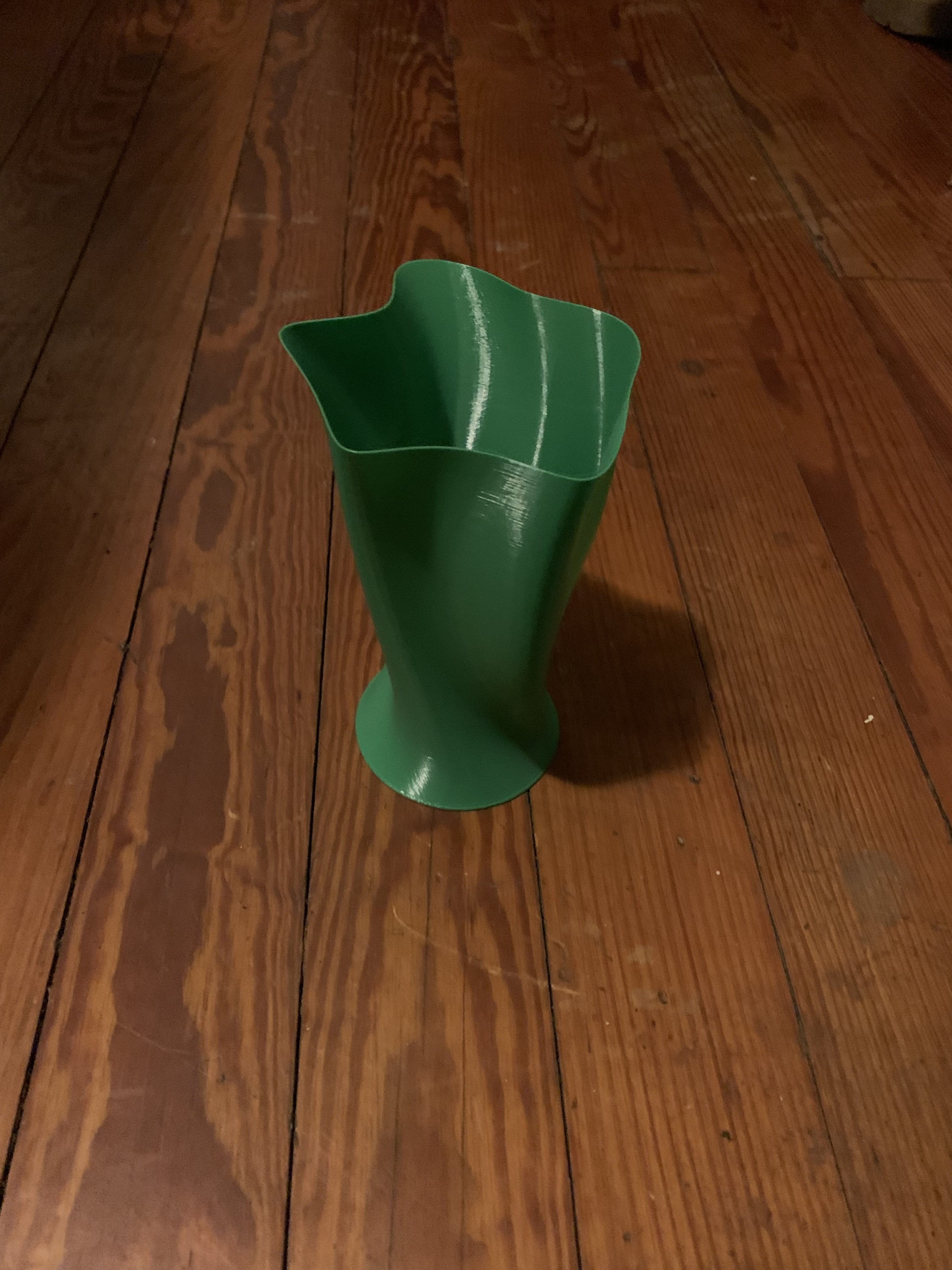
The first two images are of my demo print.
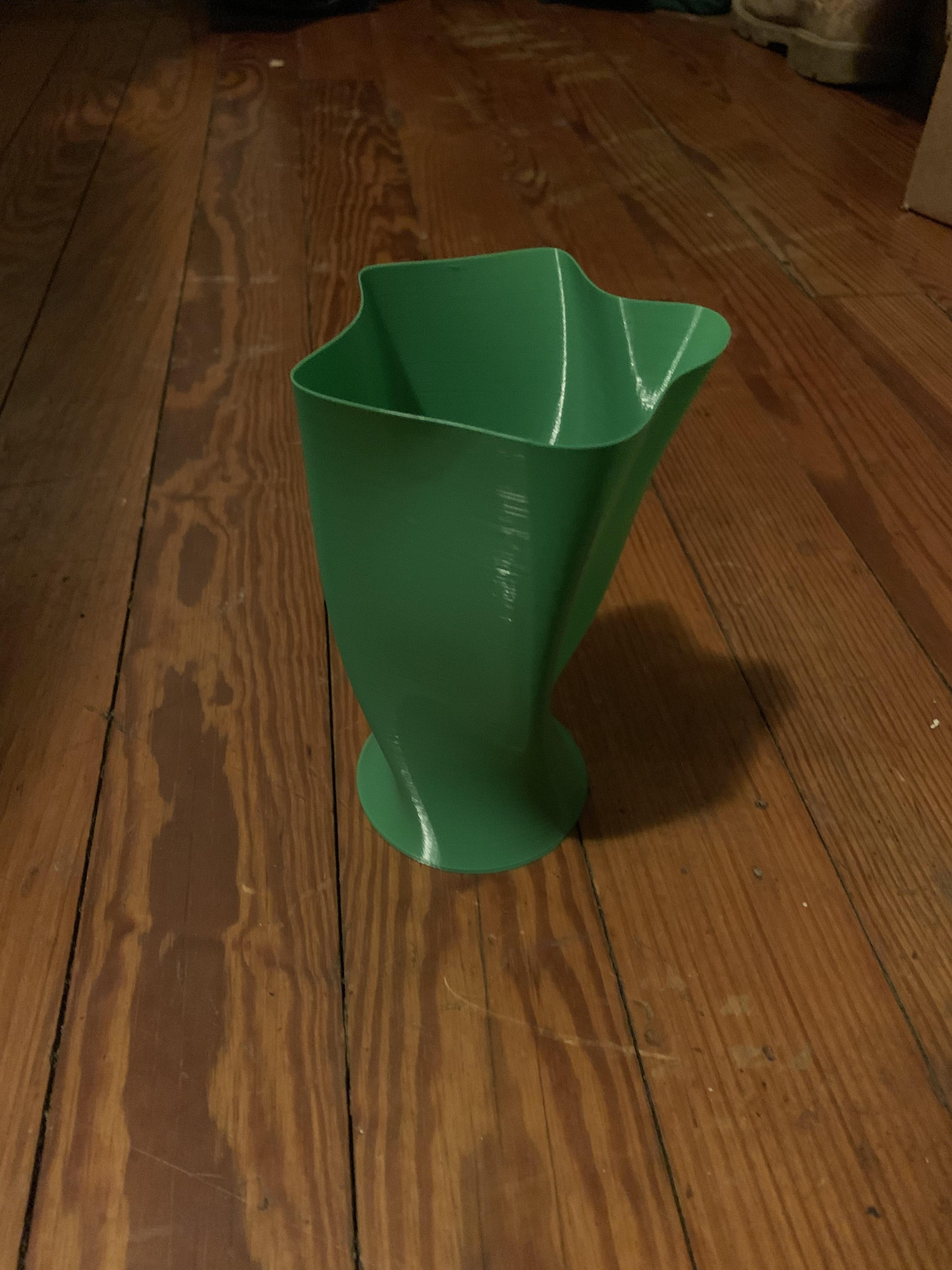
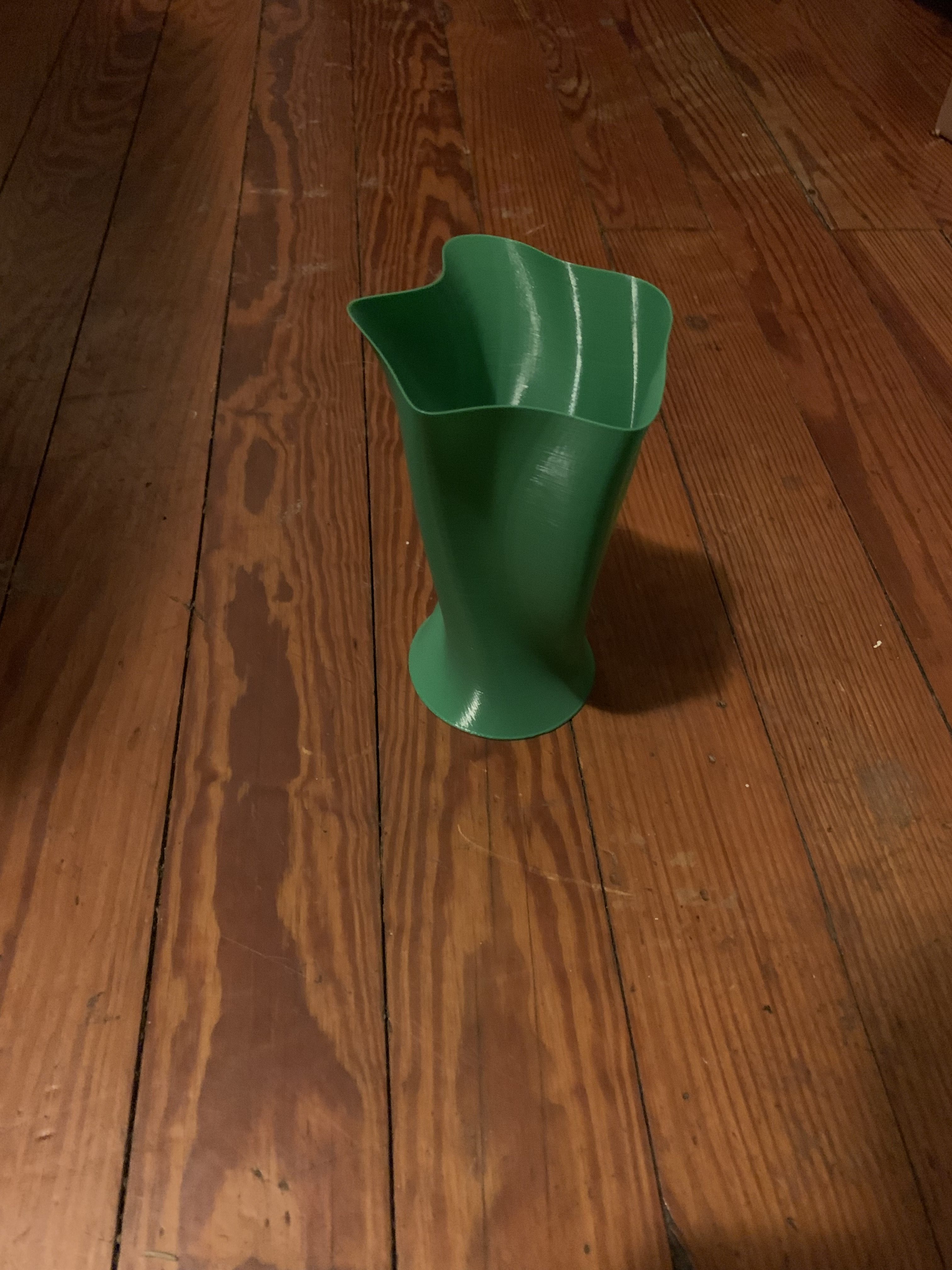
The last two images are of my final print.
I am very satisfied with the way my print came out because it maintained its structural integrity although it is a very thin print. It did not have any translucent planes like some of the examples that were shown prior to my print. I purposely had steeper angles instead of wider ones so it doesn’t thin out. I also think it is very aesthetic and usable as a pencil holder at my desk. So I do believe this print was a success.
Link: https://www.thingiverse.com/thing:3552115
20 Forms in OpenSCAD
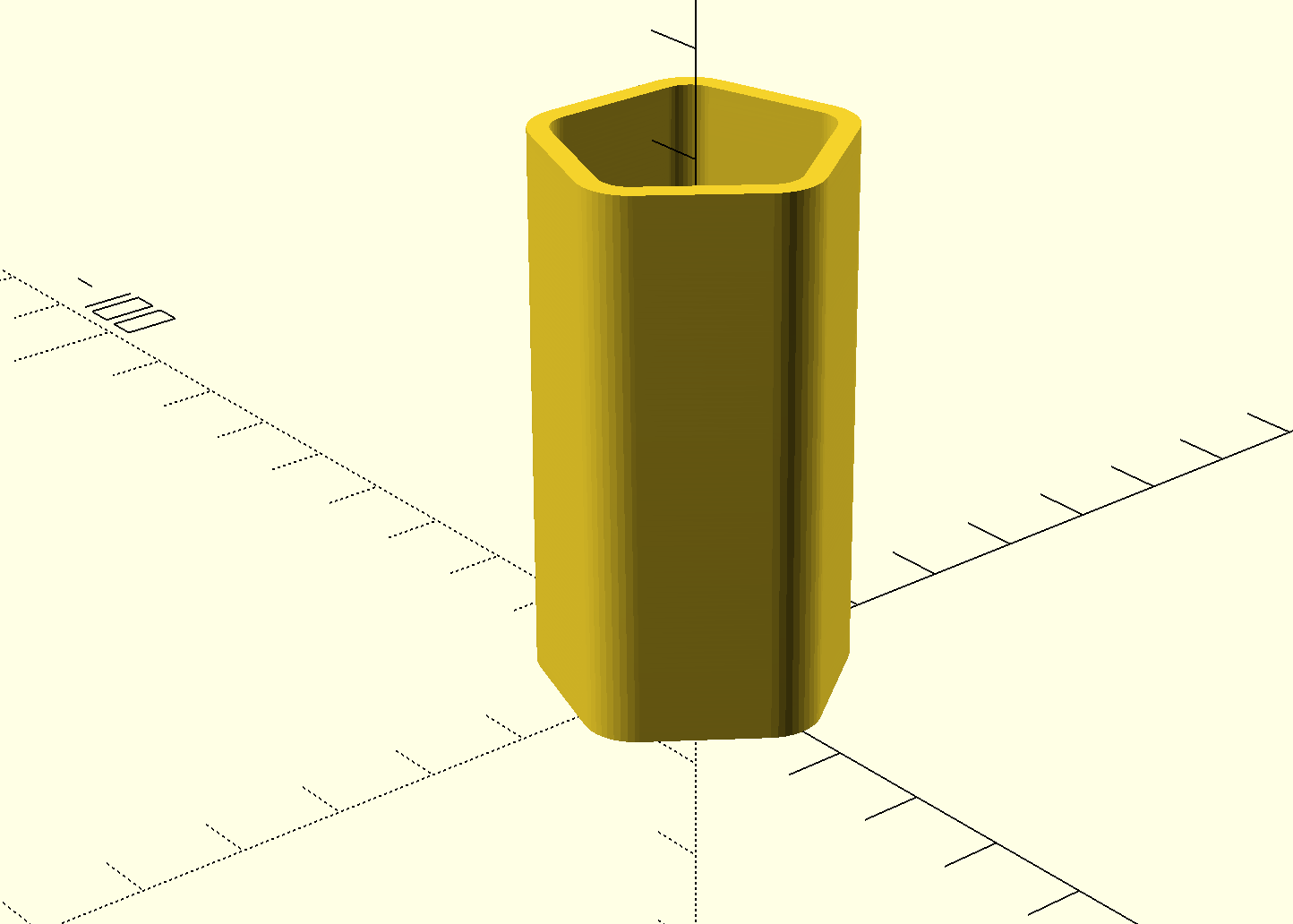
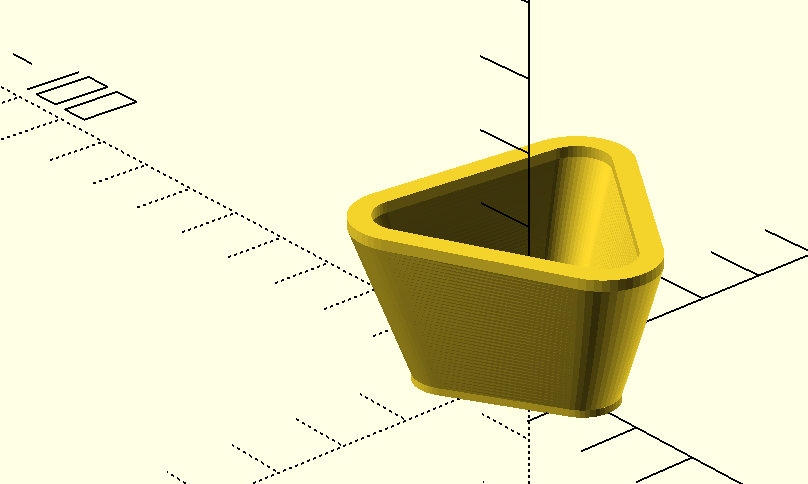
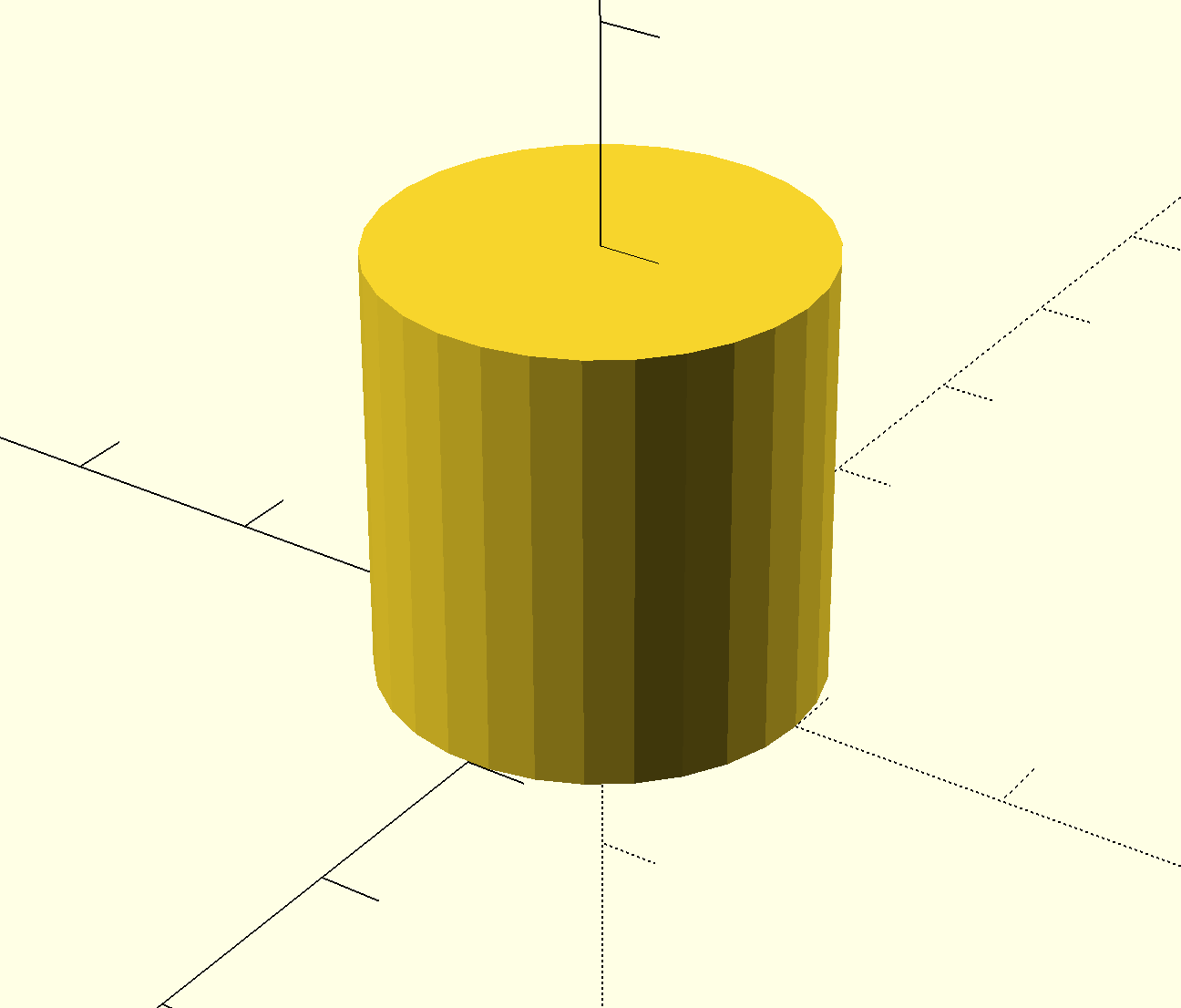
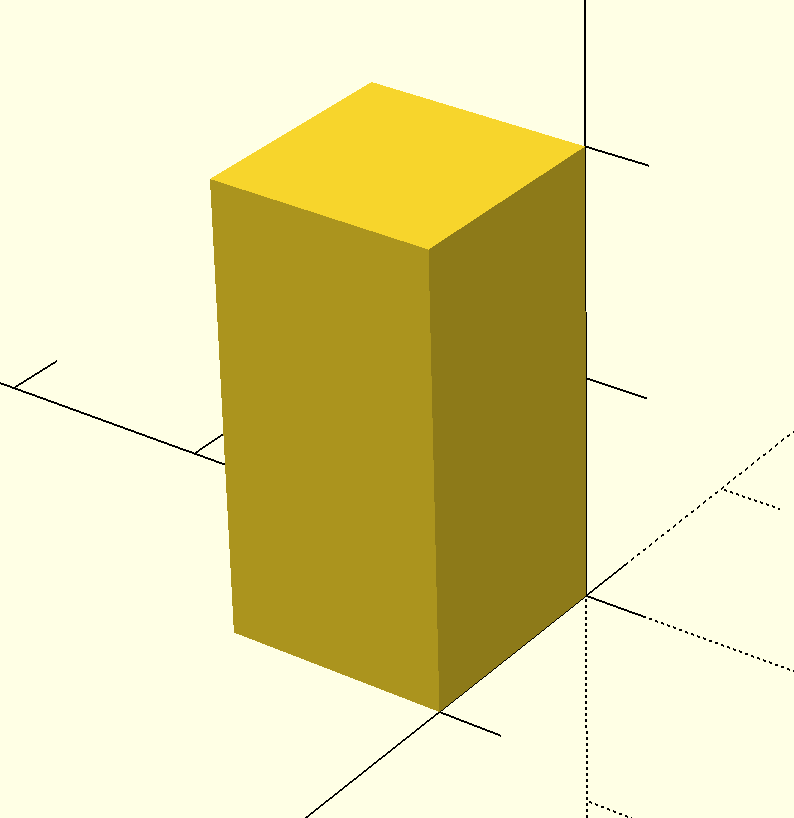



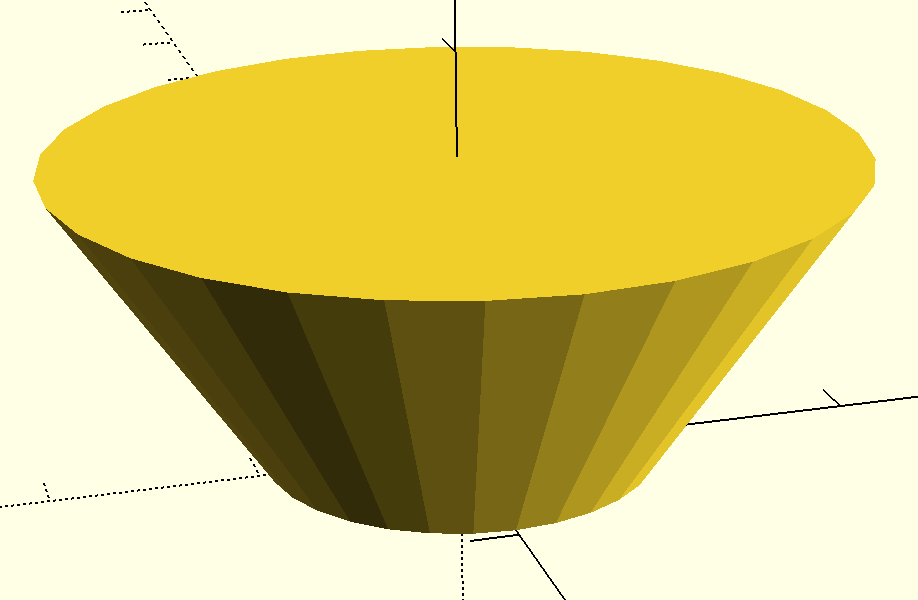
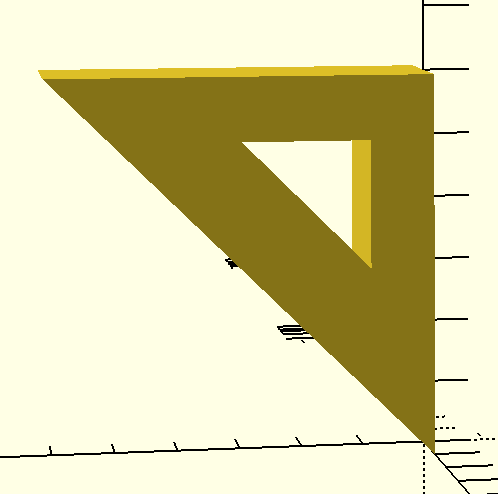

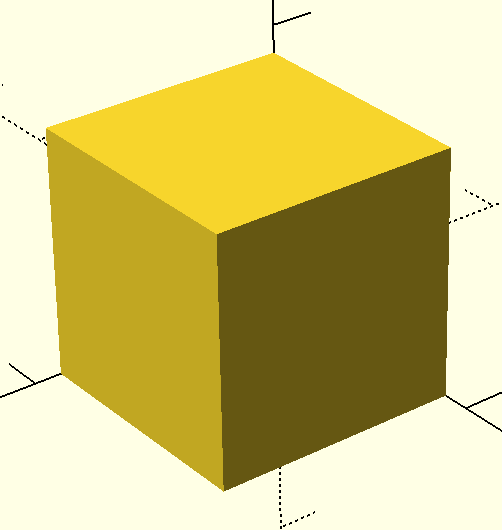
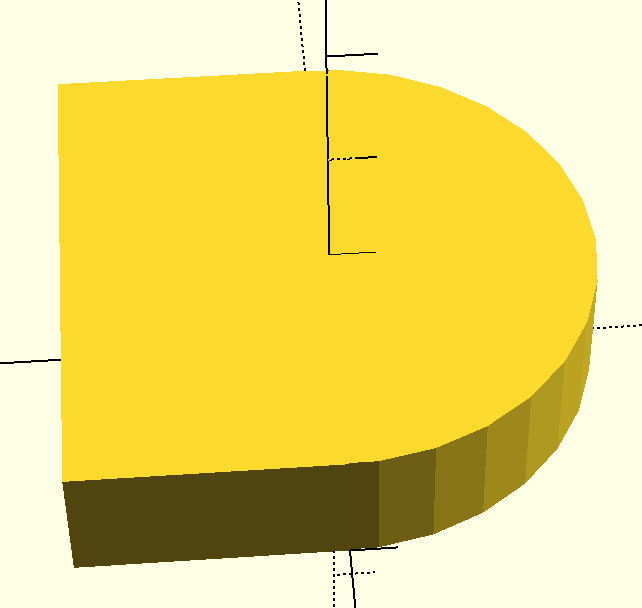

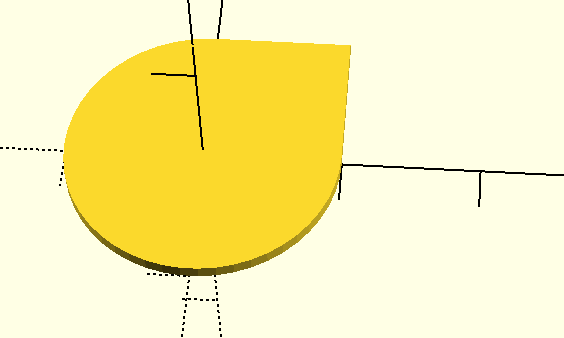
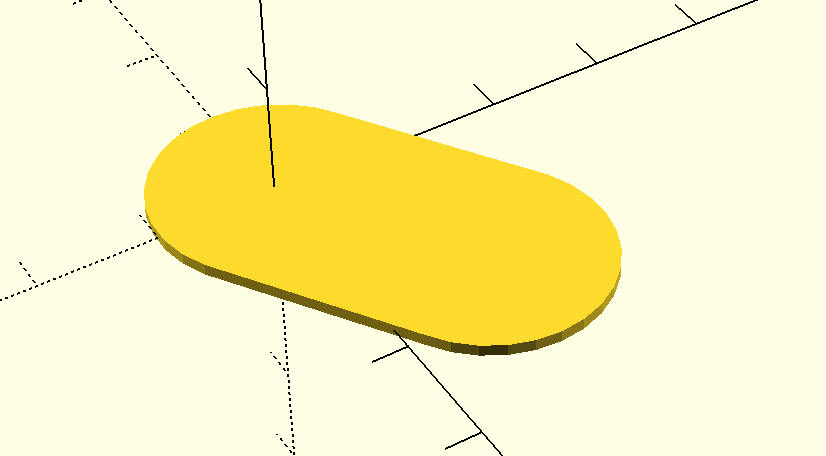
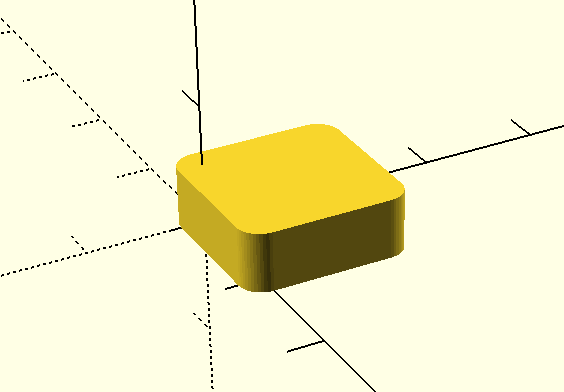
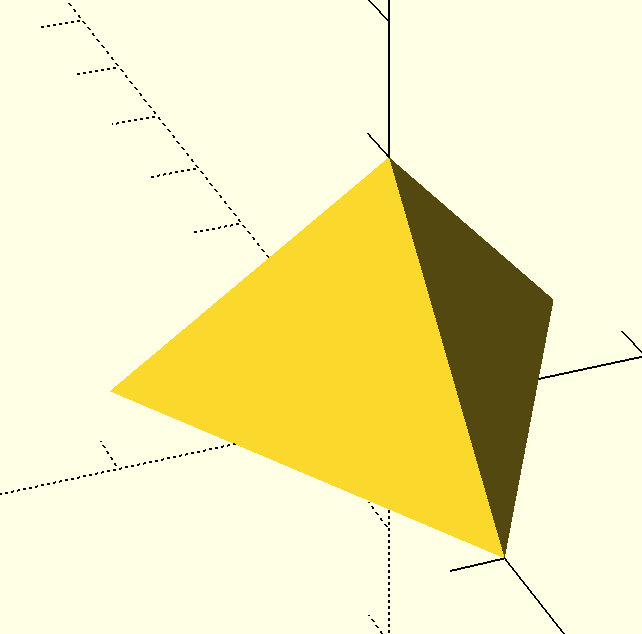


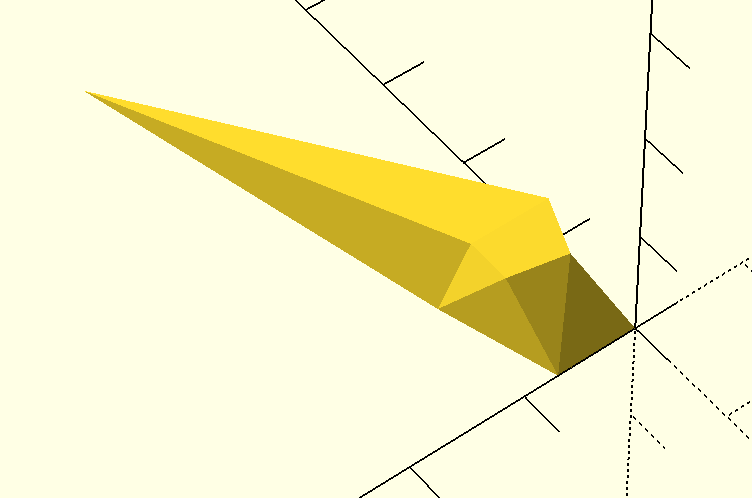
The majority of designs I created were based off of code that I found on the cheat sheet. I then manipulated the dimensions of basic shapes to skew the original to make more unique objects. I think that the shapes I made are more on the basic side, but that is because I am inexperienced with coding and I am still getting used to the formatting. I think with some more time and practice I will be able to create more interesting and complex design.
OpenSCAD Print
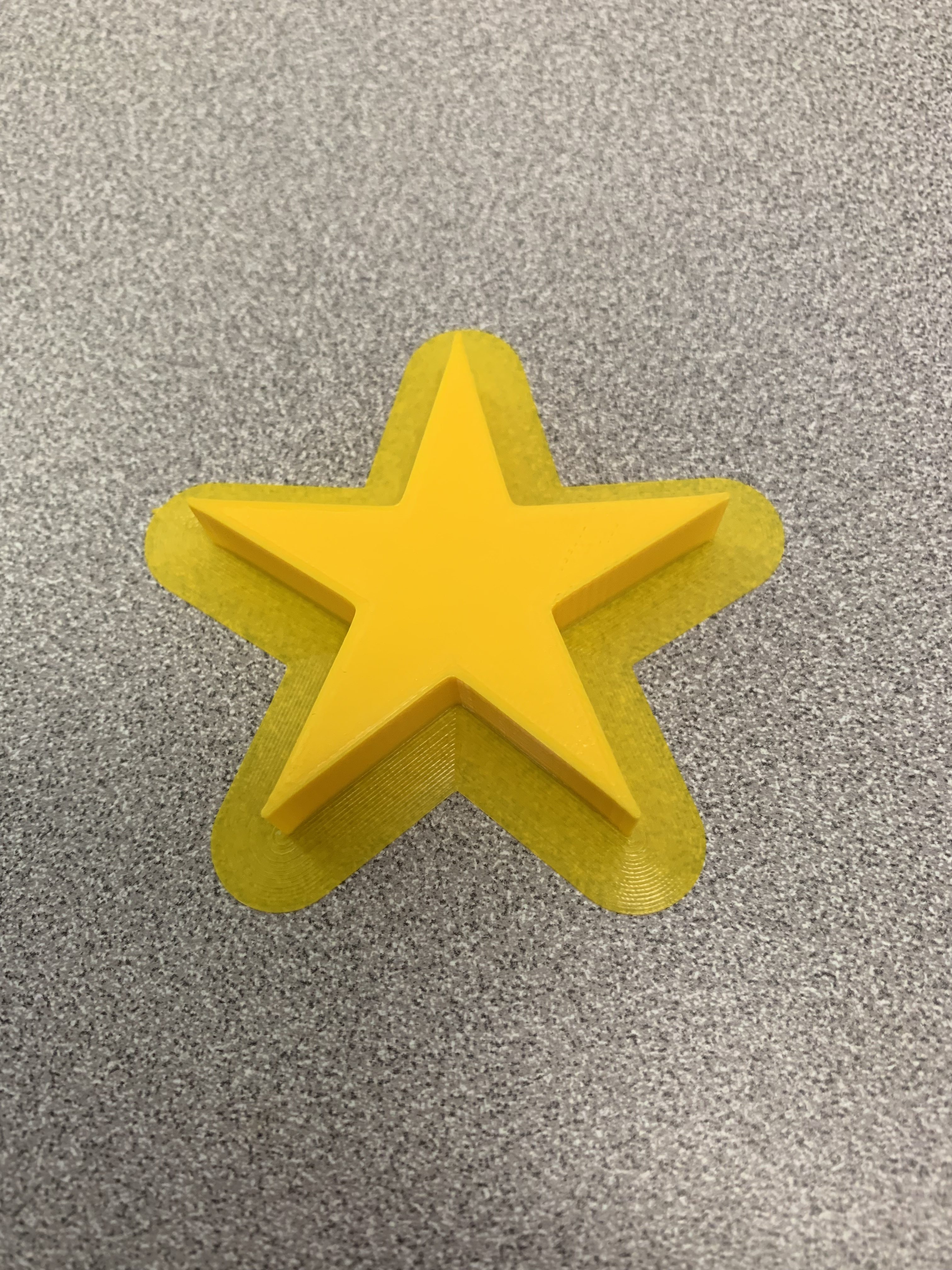
This print was a success because it remained in tact throughout the print and the fact that I was able to create a 5 pointed, perfectly symmetrical star on the open scad software. I got help with the code off the website link below. I just change the dimensions of the star and reduced the amount of points to 5.
Link: https://gist.github.com/anoved/9622826
Summary of Group OpenSCAD Project
Project: Cup Holder
Partner: Jason McAvoy
This project was the most challenging of the class for multiple reasons. First, we had to use a new software to create a design from scratch. Secondly, we had to write a customizable code for users so they can modify the design. Writing the code was the hardest part for me because I have no coding experience and every character had to be perfect so any mistake would ruin the code. Although it was the most challenging, I did find it interesting so I enjoyed learning to code a little. Overall, I was satisfied with the project and my experience while creating it.
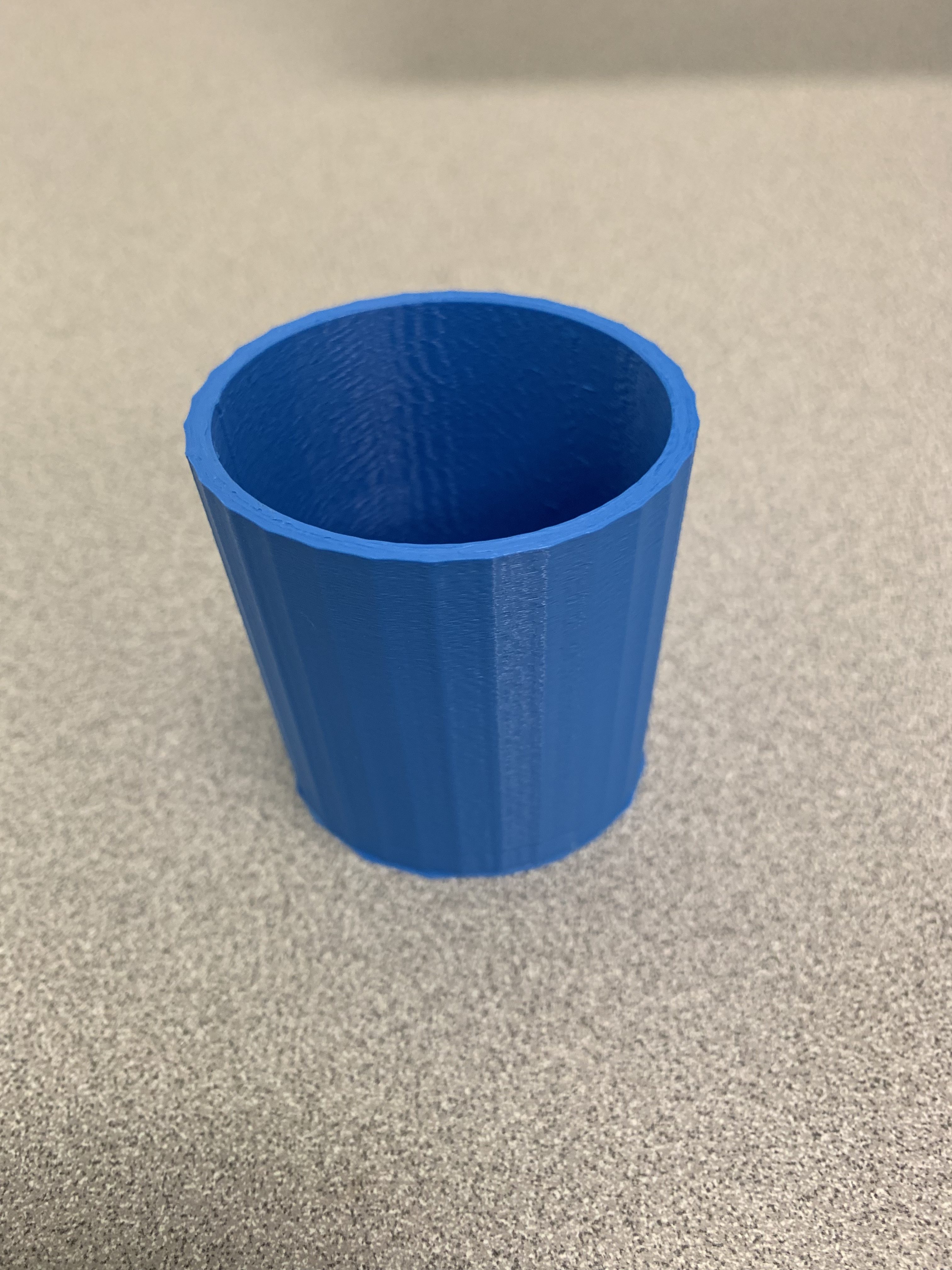
Thingiverse: https://www.thingiverse.com/thing:3583073
Group Page:
Reflections and Future Projects
I initially took this course to satisfy my credit requirements to be eligible for graduation. Throughout the course I learned to enjoy creating and using different designs to print. I found it very interesting that I was able to create a design using the provided software for my prints. The concept of 3-D printing is actually very intriguing. I learned a lot about the software and ingenuity required to create the projects that I made.
I think that as technology advances and becomes more affordable I would be interested in purchasing a 3-D printer. I realized how useful it can be for creating objects that have a functional use, such as my cup holder. I also saw how other groups and students created prints that could be used for every day activities such as the board game and jewelry stand. I believe 3-D printing may be a very common household item in the near future. I would enjoy having one so I could make certain items instead of going to the store to purchase the same thing.